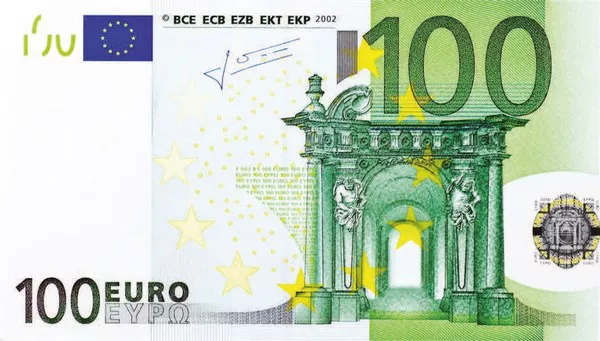Risk and return is the most central and common contradiction.
We all want to make money, but where does the profit come from?
Right analysis and right operation?
Or follow the trend?
High throw, low draw?
I don’t think any of this is fundamental, because no matter how you adapt to the market, you first have to take a position.
The risk comes when you have a position.
In other words, the premise of profit is that you have to take risks.
In other words, risk begets profit.
No risk, no profit.
Risk is the mother of profit.
This is the first relationship between risk and profit.
This relationship determines the inequality between risk and profit.
Risk is capital.
Capital represents opportunities that you can trade.
Taking risk means taking on “lost future trading opportunities”.
So what happens when risk and profit clash?
Is this the chicken or the egg?
This question seems simple enough, but when we make a deal, we usually don’t know.
When we have to make huge profits by taking the risk of losing the trade forever, we tend to gamble.
This is no good.
Learning to control risk is equal to acquiring long-term trading opportunities and maximizing profits.
The “risk to profit ratio” means that you should know how much risk you have to take when you trade and how much risk you have to take to make a profit.
For example, there is a business where a business needs to invest 1 million yuan and earn 100,000 yuan in five years.
If you’re a smart person, you can’t do that.
If you risk a million yuan and only earn 100,000 yuan, you might as well put it in the bank and earn more interest.
However, the other side suggested that there was a business that could earn $1 million over five years for an investment of only 100,000.
You’ll do whatever it takes to do it.
This is the relationship between risk and profit.
The general risk-profit ratio in foreign exchange transactions should be at least 1:2.
In other words, if you risk losing 50 points, you have to make more than 100 points to make it worth it.
This is the first thing to consider before trading.
Many currency speculators saw the rise and immediately jumped into the long market.
Regardless of the “risk to profit ratio” factor, they often have a loss, do not know what to do, let the loss of the position continue to expand.
Even if there is a profit sometimes, there is no knowing when to close the profit sheet.
In both cases, the risk tolerance and profit target areas were not specified beforehand.
The dollar rose to a one-week high and gold fell below 1,770 ahead of the Fed rate decision.
Please pay attention to the specific operation, the market is changing rapidly, investment needs to be cautious, the operation strategy is for reference only.


























